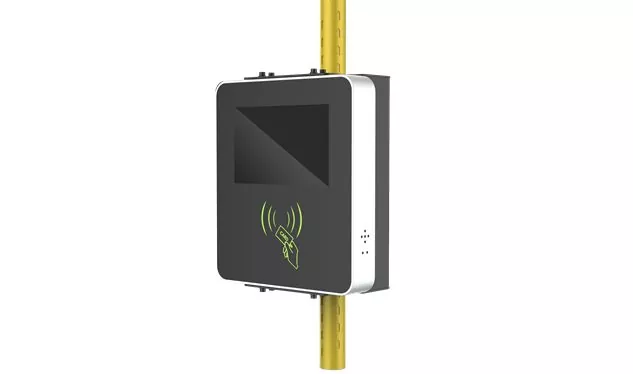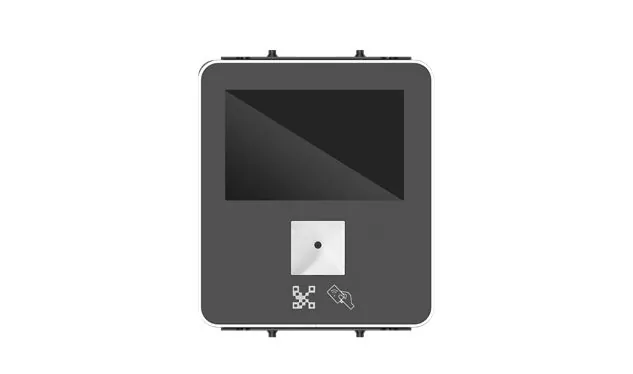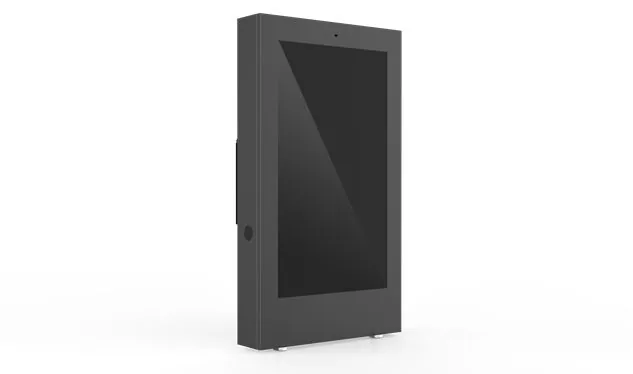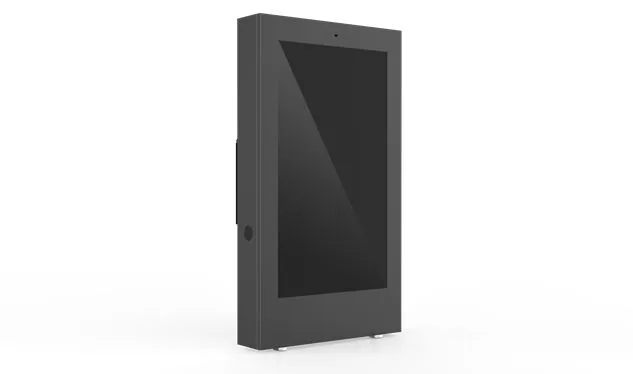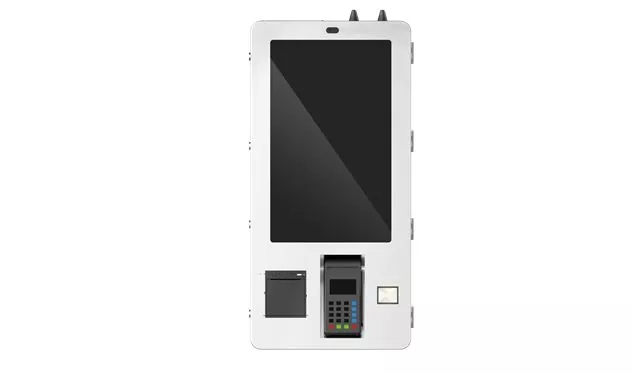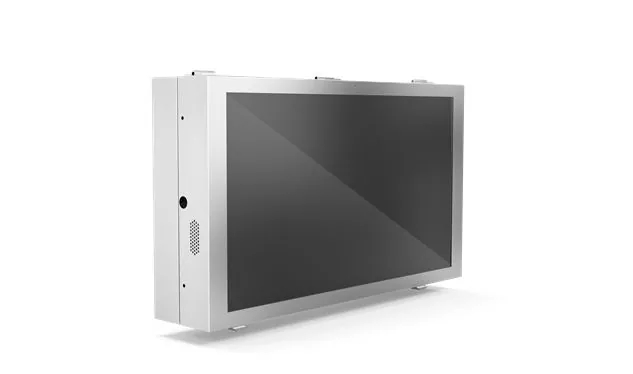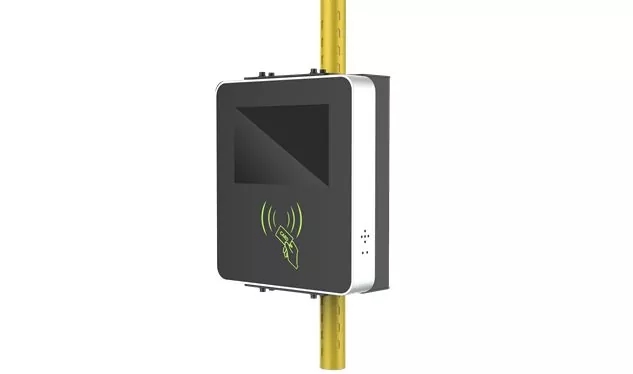Outdoor Touch Screens
Outdoor touch screens are specially designed display units that operate efficiently in various outdoor environments, providing both visibility and durability. These screens are essential for applications such as digital signage, kiosks, ATMs, ticketing systems, and other public information displays where user interaction and clear visibility are crucial.
Send Inquiry
Key Features of Outdoor Touch Screens:
High Brightness: Outdoor touch screens typically offer high brightness levels, often exceeding 1000-3000 nits, to ensure clear visibility even under direct sunlight. This brightness compensates for ambient light, making the screen readable in any lighting condition.
Anti-Glare and Anti-Reflective Coatings: These screens are equipped with anti-glare and anti-reflective coatings that reduce reflections and glare, enhancing screen readability and minimizing eye strain.
Weather Resistance: Designed to withstand various weather conditions, outdoor touch screens are often rated with IP65 or higher protection, ensuring they are dustproof, waterproof, and resistant to rain, snow, and extreme temperatures.
Rugged Construction: Built with durable materials like tempered glass and robust metal enclosures, these screens can endure physical impacts, vandalism, and harsh environmental conditions, making them suitable for public spaces.
Advanced Touch Technology: Outdoor touch screens use advanced touch technologies, such as projected capacitive (PCAP) or infrared (IR) touch, which provide accurate and responsive touch interaction, even with gloves, moisture, or in rain.
Temperature Control Systems: Many outdoor touch screens are equipped with heating and cooling systems, including fans or thermal management features, to maintain optimal performance in extreme cold or hot weather.
Anti-Vandalism Features: To prevent tampering and vandalism, these screens often include features like shatterproof glass, secure enclosures, and tamper-proof screws, making them reliable in unsupervised areas.
Energy Efficiency: Despite their high brightness, outdoor touch screens incorporate energy-efficient technologies, such as LED backlighting and automatic brightness adjustment, to reduce power consumption and extend the lifespan of the screen.
Applications of Outdoor Touch Screens:
Digital Signage: For advertising, wayfinding, and informational displays in public spaces like shopping malls, bus stops, and airports.
Self-Service Kiosks: Used in applications such as ticketing, ATMs, and parking payment stations, allowing users to interact easily and efficiently.
Interactive Maps and Directories: Common in tourist areas, theme parks, and city centers to help visitors navigate their surroundings.
Outdoor Entertainment: Used for interactive exhibits, gaming stations, and outdoor concerts or events where audience engagement is enhanced by touch interaction.
Overall, outdoor touch screens combine advanced display technology with rugged design to deliver a reliable and interactive experience in outdoor settings, meeting the needs of various industries and public-facing applications.



